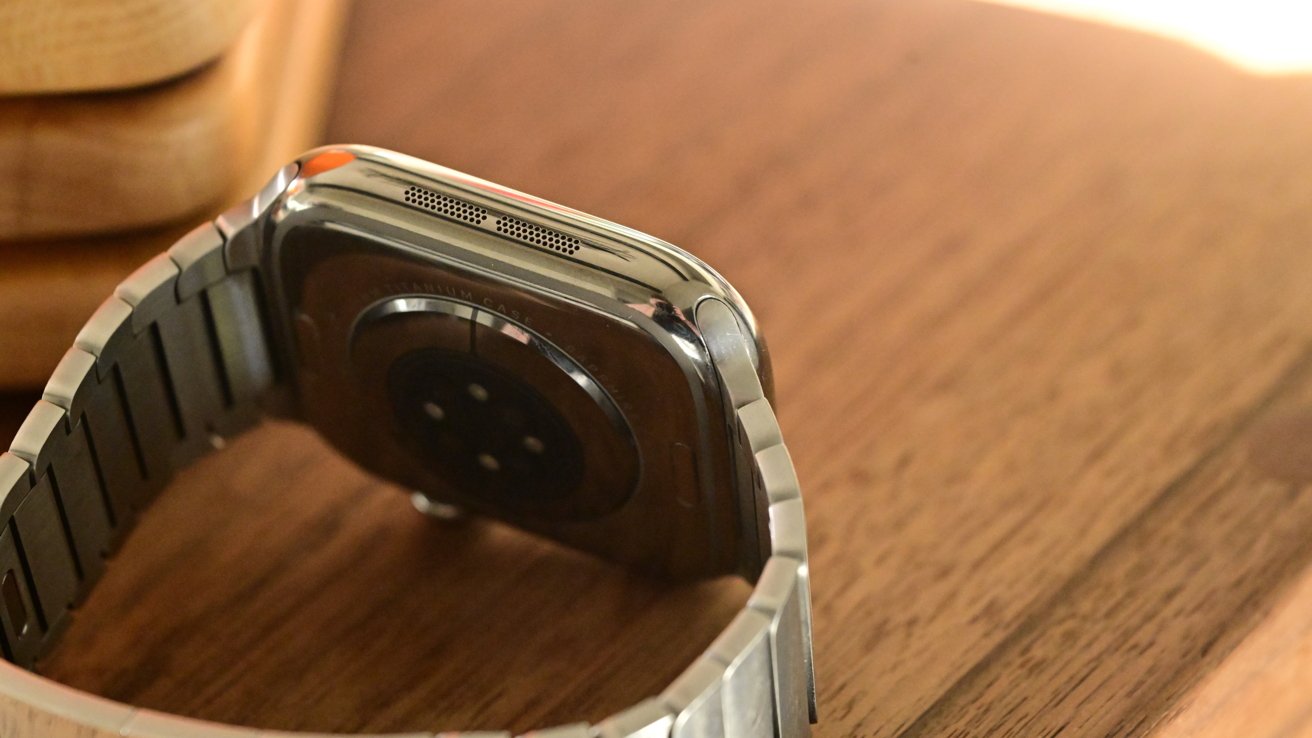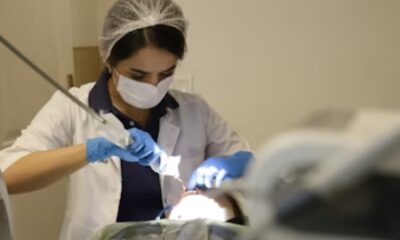Technology
Masimo Sues U.S. Customs to Halt Apple Watch Blood Oxygen Feature

Masimo has initiated legal action against the U.S. Customs and Border Protection in an effort to prevent the restoration of the pulse oximetry feature on the Apple Watch. The company learned about this development at the same time as the general public, following an announcement from Apple that indicated the imminent return of the blood oxygen detection capability in the United States.
This latest chapter in the ongoing legal battle between Masimo and Apple traces back to 2020. The conflict has seen numerous appeals and legal maneuvers, with Masimo claiming that Apple infringed on its patents related to blood oxygen sensing technology. Initially, it appeared that Apple would have to wait until 2028, when a critical patent held by Masimo would expire, before it could reactivate the feature.
Background of the Legal Dispute
On August 14, 2023, Apple announced that it would soon restore the blood oxygen detection feature, which had been prohibited due to a ruling from the U.S. International Trade Commission. This ruling stemmed from Masimo’s allegations of patent infringement. The announcement caught Masimo off guard, as it was the first notification the company received regarding any potential deal to reinstate the feature.
In response to Apple’s announcement, Masimo filed a federal lawsuit on August 20, 2023, in which it seeks to halt the restoration of the pulse oximetry function. According to a report from Bloomberg Law, Masimo argues that the reinstatement of this feature would further infringe upon its patented technology.
Implications of the Lawsuit
The outcome of this legal dispute could have significant implications for both companies. If Masimo succeeds in its lawsuit, it could prevent Apple from offering the blood oxygen monitoring feature, which has been a selling point for the Apple Watch. Conversely, a ruling in favor of Apple may embolden the tech giant to continue integrating advanced health monitoring technologies into its devices.
As this case unfolds, it highlights the ongoing tensions in the technology sector regarding intellectual property rights and innovation. Both companies are expected to vigorously defend their positions as they navigate this complex legal landscape.
Consumers and industry observers will be closely watching how this lawsuit develops, as it could reshape the competitive landscape in health technology and wearable devices.
-

 Technology5 months ago
Technology5 months agoDiscover the Top 10 Calorie Counting Apps of 2025
-

 Health2 months ago
Health2 months agoBella Hadid Shares Health Update After Treatment for Lyme Disease
-

 Health3 months ago
Health3 months agoErin Bates Shares Recovery Update Following Sepsis Complications
-

 Technology4 months ago
Technology4 months agoDiscover How to Reverse Image Search Using ChatGPT Effortlessly
-

 Technology1 month ago
Technology1 month agoDiscover 2025’s Top GPUs for Exceptional 4K Gaming Performance
-

 Technology2 months ago
Technology2 months agoElectric Moto Influencer Surronster Arrested in Tijuana
-

 Technology5 months ago
Technology5 months agoMeta Initiates $60B AI Data Center Expansion, Starting in Ohio
-

 Technology5 months ago
Technology5 months agoRecovering a Suspended TikTok Account: A Step-by-Step Guide
-

 Health4 months ago
Health4 months agoTested: Rab Firewall Mountain Jacket Survives Harsh Conditions
-

 Lifestyle5 months ago
Lifestyle5 months agoBelton Family Reunites After Daughter Survives Hill Country Floods
-

 Technology4 months ago
Technology4 months agoHarmonic Launches AI Chatbot App to Transform Mathematical Reasoning
-

 Technology3 months ago
Technology3 months agoUncovering the Top Five Most Challenging Motorcycles to Ride





















